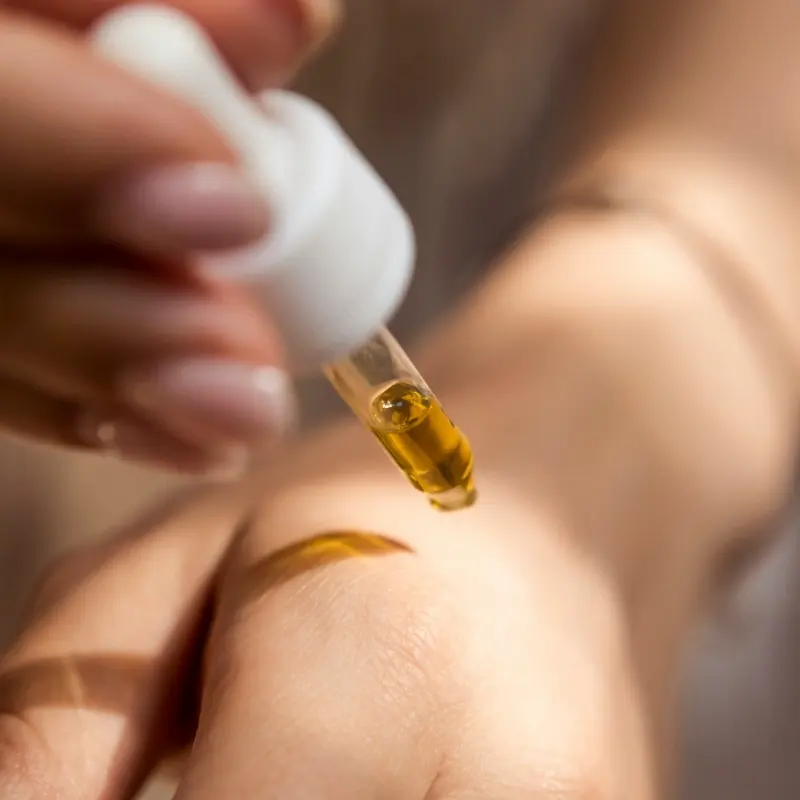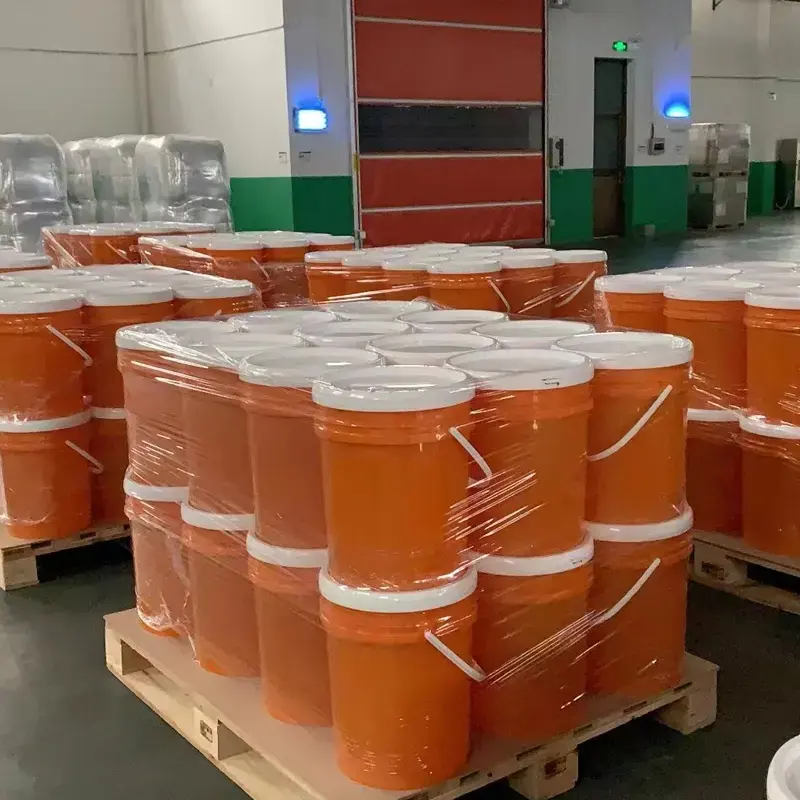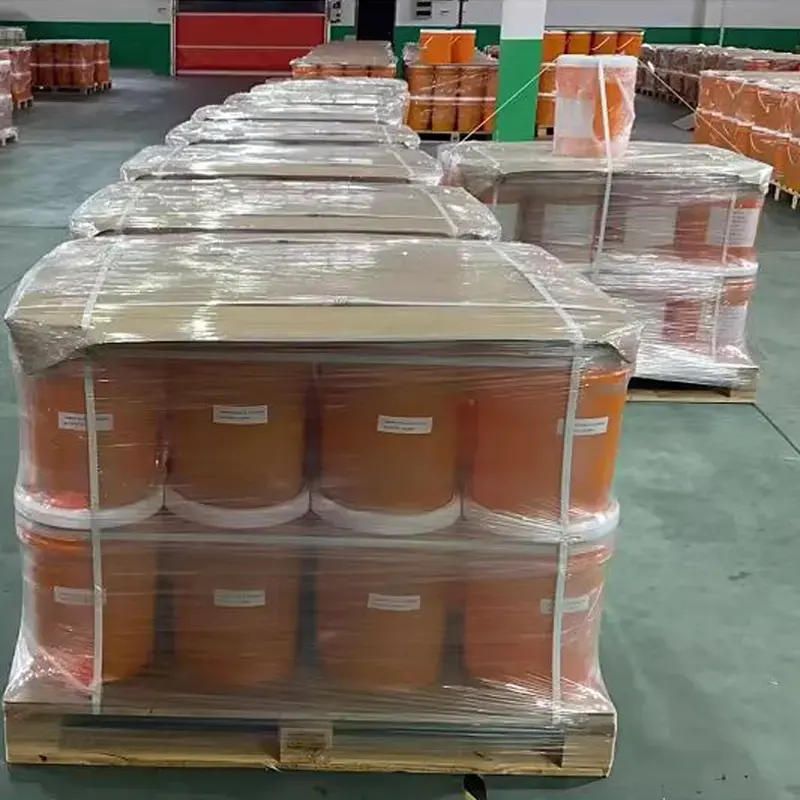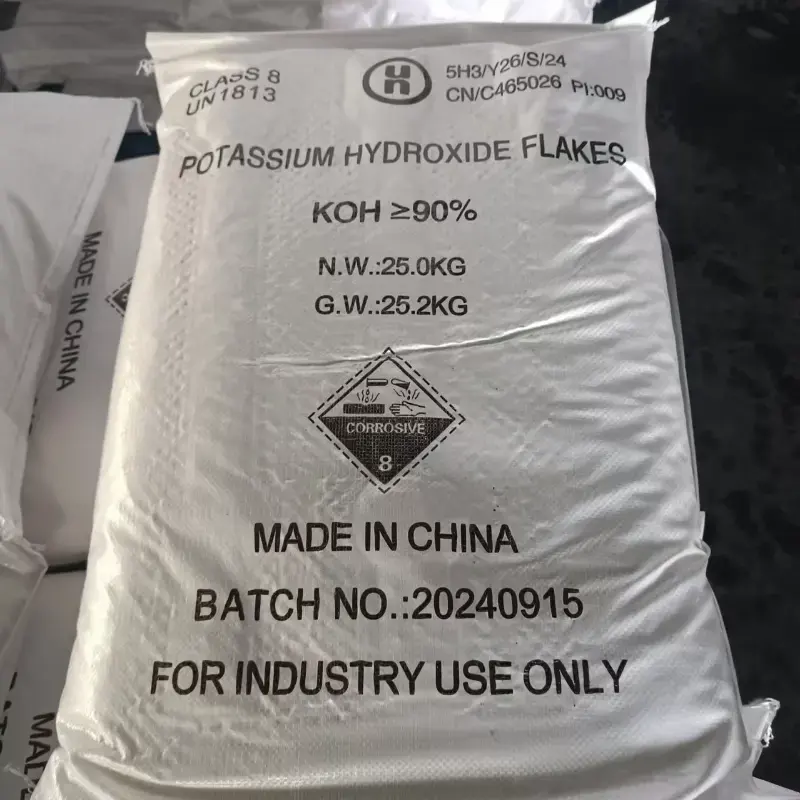Why Choose D-Panthenol for Your Skincare Routine? Discover Its Moisturizing, Repairing, and Anti-Inflammatory Benefits
Release time: 2024-08-30
When we were selling D-panthenol,we encountered many customers asking about the purpose and usage of D-panthenol?Today we will learn more about D-panthenol. And for more information can contact info@blitchem.com

First of all we need to know what is D-Panthenol?
D-Panthenol, also known as Provitamin B5, is a highly regarded skincare ingredient, celebrated for its exceptional moisturizing, repairing, and anti-inflammatory properties. Due to its superior skin penetration ability and its ability to convert into pantothenic acid (Vitamin B5), D-Panthenol is an essential component in enhancing skin health across various skincare products.

Skincare Benefits of D-Panthenol
Deep Moisturization: D-Panthenol can quickly penetrate the skin’s stratum corneum, absorb moisture, and lock it within the skin’s deeper layers, preventing moisture loss. It provides long-lasting hydration, making the skin softer and smoother. This is particularly suitable for dry skin and skin that has been dehydrated due to environmental factors.
Repair and Healing: D-Panthenol promotes skin cell regeneration and accelerates skin healing. It effectively repairs damaged skin tissue and reduces skin inflammation and irritation, making it an important ingredient in restorative skincare products, such as after-sun repair creams and post-laser treatment products.
Anti-Inflammatory and Soothing: D-Panthenol has notable anti-inflammatory properties, helping to reduce skin redness and irritation. It provides gentle soothing effects for sensitive skin, reducing allergic reactions, making it suitable for use in various types of sensitive skin products.
So what is the proper Use of D-Panthenol?
Although D-Panthenol offers numerous skincare benefits, attention must be paid to the following points during use to avoid potential adverse effects:
Appropriate Concentration: The optimal concentration of D-Panthenol in skincare products is typically between 1% and 5%. A concentration that is too high may lead to over-moisturizing, impairing the skin barrier function, and causing the skin to become more sensitive or develop a dependency. On the other hand, a concentration that is too low may not achieve the desired effect.
Formulation Balance: D-Panthenol should be used in conjunction with other skincare ingredients to achieve the best results. For example, combining it with moisturizing ingredients like hyaluronic acid and glycerin can enhance its moisturizing effect; using it with antioxidants (such as Vitamin C and Vitamin E) can improve skin repair and antioxidant capacity. However, D-Panthenol should not be used with certain highly acidic ingredients (like high concentrations of AHA or salicylic acid), as this may cause skin irritation or reduce the activity of D-Panthenol.
Avoid Frequent Overuse: Although D-Panthenol is mild, overuse may lead to decreased skin tolerance, dependency, or minor skin discomforts, such as redness or tingling. Therefore, it should be used in moderation according to the product instructions to avoid frequent or excessive use.


How to Properly Add D-Panthenol in Skincare Product Manufacturing
For cosmetics manufacturers,the correct addition of D-Panthenol during skincare product manufacturing is crucial, as it affects not only the product’s effectiveness but also its stability and safety. Here are key considerations for adding D-Panthenol:
1.Temperature Control for Addition: D-Panthenol is relatively sensitive to temperature and should be added at temperatures below 40°C to prevent its decomposition or loss of activity. Generally, adding D-Panthenol during the cooling phase of skincare product production is ideal, ensuring maximum efficacy.
2.Solubility Considerations: D-Panthenol is a water-soluble ingredient, so it is best added during the aqueous phase. During the emulsification process, it should be evenly distributed to prevent precipitation or layering, which could affect the texture and user experience of the product.
3.Stability Adjustment: To ensure the stability of D-Panthenol in the final product, attention should be paid to the product’s pH and overall formulation stability during production. Typically, D-Panthenol is more stable in a neutral to slightly acidic environment, with an ideal pH range between 4 and 7.
4.Formulation Compatibility: When designing formulations, it is essential to consider the compatibility of D-Panthenol with other active ingredients. For instance, certain preservatives or highly acidic ingredients might affect the stability and efficacy of D-Panthenol. Therefore, comprehensive compatibility tests should be conducted when selecting formulation ingredients to ensure the final product’s stability and effectiveness.
In short,D-Panthenol is a highly effective, mild skincare ingredient widely used in various skincare products for its excellent moisturizing, repairing, and anti-inflammatory properties. When used appropriately, according to skin type and needs, the correct concentration and formulation can help avoid adverse effects. During skincare product manufacturing, proper addition of D-Panthenol and control of production conditions can maximize its skincare benefits, providing consumers with a better product experience. BLi-T (Hefei) Chemical Co., Ltd. is committed to providing high-quality D-Panthenol raw materials, helping skincare brands develop more effective and safe skincare products.





